Baby?s First Shoes: 7 Common Myths
Finding children?s shoes that fit can be a daunting task, as many parents know. Austrian researchers have now debunked seven common myths about kids? shoes. Their guidelines will be published by the Austrian Family Ministry on 1 March 2009 under www.eltern-bildung.at.
Myth 1: Babies need shoes to learn to walk
Truth: Babies learn to walk without shoes! It?s fine to wait until toddlers are walking unaided, unless they need shoes to keep their feet safe or warm.
Myth 2: Babies? first shoes must be rigid to provide support
Truth: The stiffer shoes are, the more they restrict toddlers? feet. For healthy development, feet must be able to move freely.
Myth 3: Well-fitting shoes should be as long as the child?s foot
Truth: Children?s shoes should be 12-17 mm (1/2 ? 3/4 inch) longer than the foot. Only 8.5% of all parents know this!
See Children’s feet need at least 12 mm (just under ? “) of extra space in the toe of the shoe
Myth 4: Shoe sizes can be trusted
Truth: 90% of all kids? shoe sizes are misleading. A shoe labelled size 23 is often only a size 21. Tip: Measure both the feet AND the inside of the shoe.
See Measuring the length of the foot and the inside length of the shoe
Myth 5: Second-hand shoes are bad
Truth: If the shoes fit and are not unevenly worn, there?s no reason not to use them! It saves money and resources, but most parents feel needlessly guilty about recycling used shoes.
Myth 6: Kids can tell if their shoes fit properly
Truth: Using a specially developed test track, researchers discovered that children wearing too-small shoes usually claim they fit well.
Myth 7: Expensive shoes are better than inexpensive ones
Truth: A high price doesn?t guarantee quality. An analysis showed that the sizing of expensive shoes was no more exact than on cheaper models.
Dr. Wieland Kinz, Salzburg, 0043 (0)664 264 34 50 info@kinderfuesse.com



